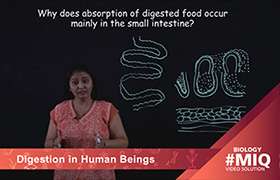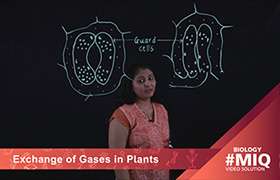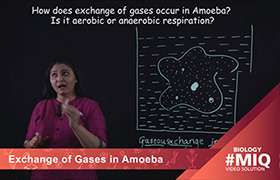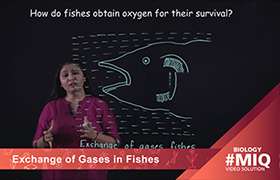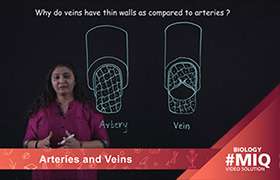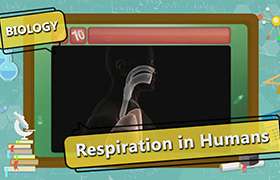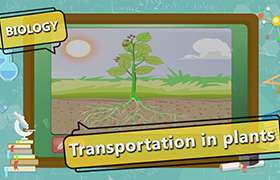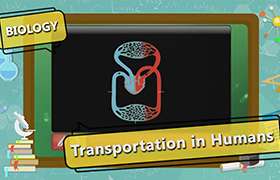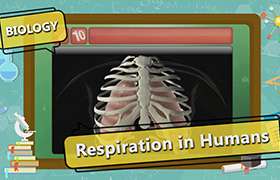CBSE Class 10 Answered
Difference between respiration mechanism in animals and plants.
Asked by | 07 May, 2012, 08:58: PM
Respiration in plants is a passive process, which means the breathing occurs on a cellular level, not by active muscular movements. Respiration for animals is an active process of inhaling oxygen and exhaling carbon dioxide using muscular movements and energy.
Plants do not possess a well-developed respiratory system like most animals. Plants mainly breathe through pores in their leaves called stomata.
Plants take in carbon dioxide and give out oxygen, whereas animals take in oxygen and give out carbon dioxide.
Unlike plants, most animals use a circulatory system to transport respiratory gases to different parts of the body.
Answered by | 08 May, 2012, 08:24: AM
Application Videos
Concept Videos
CBSE 10 - Biology
Asked by kunchalasrinivasaraosrinivasar | 23 Apr, 2024, 07:40: PM
CBSE 10 - Biology
Asked by bgmigaurav7318 | 08 Apr, 2024, 01:46: PM
CBSE 10 - Biology
Asked by jayeshsah1995 | 04 Mar, 2024, 12:01: PM
CBSE 10 - Biology
Asked by nsubhashree54 | 24 Feb, 2024, 11:08: AM
CBSE 10 - Biology
Asked by sarmabankupalli9 | 02 Jan, 2024, 08:19: PM
CBSE 10 - Biology
Asked by pavanimullu123 | 26 Dec, 2023, 07:17: PM
CBSE 10 - Biology
Asked by jitendranathsingh331 | 26 Nov, 2023, 06:17: PM
CBSE 10 - Biology
Asked by waccstudies123 | 08 Oct, 2023, 02:10: AM
CBSE 10 - Biology
Asked by 09.10bjanvhijadhav | 16 Sep, 2023, 11:58: PM
CBSE 10 - Biology
Asked by devy64469 | 03 Sep, 2023, 09:25: PM

